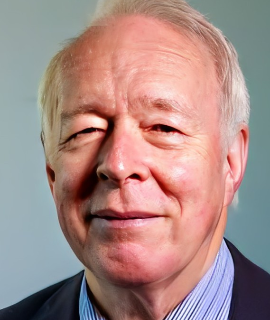Replacement Of Tooth Roots With Metal
In dentistry, the replacement of a tooth’s root is a common procedure. This is often done when a tooth is broken, damaged, or diseased beyond repair. In such cases, the root of the tooth must be removed and replaced with a dental implant such as a metal post. This procedure is known as endodontic surgery, and it is a commonly performed procedure in modern dentistry. The process of replacing a tooth’s root typically involves surgically removing the root of the tooth and replacing it with a metal post. The post is usually made of titanium, which is a biocompatible material that is well tolerated by the body. The post is carefully placed in the jawbone and allowed to heal. Once it has healed, a crown or bridge can be placed on top of the post to replace the missing tooth. The advantages of replacing tooth roots with metal posts include improved long-term stability and durability of the replacement tooth. Once the implant is healed and secured, it can last for many years with proper oral hygiene. Additionally, metal posts are less likely to cause inflammation or infection compared to other root replacement materials such as plastic or wood. The disadvantages of replacing tooth roots with metal posts include the cost, as the procedure is often more expensive than other root replacement options. Additionally, there is a risk of complications associated with the surgery, such as pain, infection, and nerve damage. Patients should discuss the risks and benefits of the procedure with their dentist before undergoing endodontic surgery. Overall, endodontic surgery can be an effective way to replace a tooth’s root when it is damaged or diseased beyond repair. The advantages of replacing the root with a metal post include improved stability and durability of the replacement tooth, as well as a reduced risk of complications compared to other materials. However, the cost and risks of the procedure should be discussed with a qualified dentist before undergoing the procedure.

David Geoffrey Gillam
Queen Mary University of London, United Kingdom
Christopher Turner
Spacemark Dental, United Kingdom




Title : Evaluating hygienist follow up for head and neck oncology patients in secondary care: Results from a two cycle audit
Peter Basta, Newcastle Dental Hospital, United Kingdom
Title : Atypical facial pain unravelled
Christopher Turner, Spacemark Dental, United Kingdom
Title : New treatment of temporomandibular disorder through muscle balance and muscle regeneration by activation of quiescent muscle stem cells( satellite cells) with mitochondrial dynamics
Ki Ji Lee, National Reserach Foundation & Busan Medical University, Korea, Republic of
Title : MRONJ and ORN: Referral or management in primary care? Navigating guidelines in the context of long waiting lists
Alisha Sagar, NHS England, United Kingdom
Title : Managing the unexpected: An Insight into supernumerary teeth
Bahar Gharooni Dowrani, Guy's and St Thomas' NHS Foundation Trust, United Kingdom
Title : Laxative prescribing for post operative head and neck cancer patients at Derriford Hospital
Pui Sze Kylie Li, Cardiff and Vale University Health Board, United Kingdom